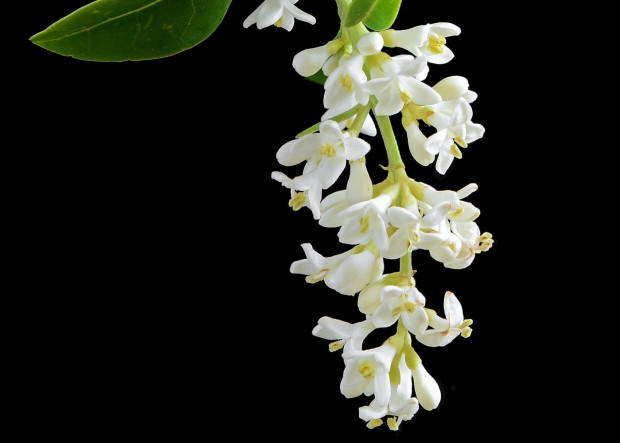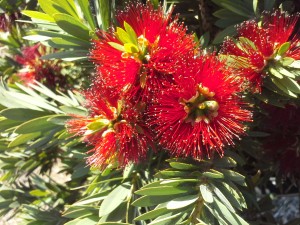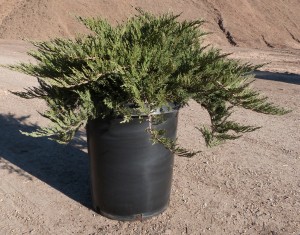January Gardening Tasks
January is generally cold and wet and gardens are often covered in snow in many parts of the country! However, if you live in a warmer climate with mild winters, then there is plenty to do outside through the month of January. Now is a great time to plant fruit trees, plant balled and burlapped trees and shrubs, plant evergreen specimens, winter color, cold hardy edibles and much more. January is the time to start taking care of some pruning and pest control issues. It is also a great time to address any irrigation system installations, repairs or renovations, before the return of warmer weather. If you are covered in snow, then you can at least get a start indoors on growing seeds and transplants!
Continue to plant perennials, shrubs and trees if you live in an area where the soil doesn’t freeze, or stay frozen for long. We love planting evergreens in winter so we can enjoy their wonderful color through even the coldest months. Try the tall and slender Euonymus japonicus ‘Green Spire’ as a focal point or screen. Or, Callistemon viminalis ‘Little John’, also known as Dwarf Bottlebrush. You’ll love it for it’s deep green evergreen foliage and bright red blooms summer through fall.
Plant edibles such as onion slips, asparagus crowns, rhubarb and shallots outdoors in mild climates. At the end of the month, start tomato and pepper seeds indoors to plant in early spring. Continue sowing seeds of broccoli, cabbage, Brussels sprouts, chives, cilantro, dill, fennel, salad greens and more outdoors.
Deter winter pests. If you have problems with insects such as scale on your hollies, crapemyrtles or other landscape plants, now is the time to apply horticultural oils. Spray on day when wind is calm and temperatures are above 40 F and below 65 F. Pests that overwinter in the bark and cracks of trunks and branches will be smothered by the oils. Scale, mites, leafhoppers, leafrollers, mealybugs, aphids and tent caterpillars can be treated now.
Prune established crapemyrtles, grapevines once the leaves have all dropped, and citrus as needed. Remove branches that cross or inhibit good air flow through the plant. Remember that deadwood or weak branches are more easily identified during winter months. Now is also a good time to prune shade trees and have mistletoe removed. Cut back dormant ornamental grasses before new growth emerges. Cut back groundcovers to remove spent foliage before new growth emerges.


